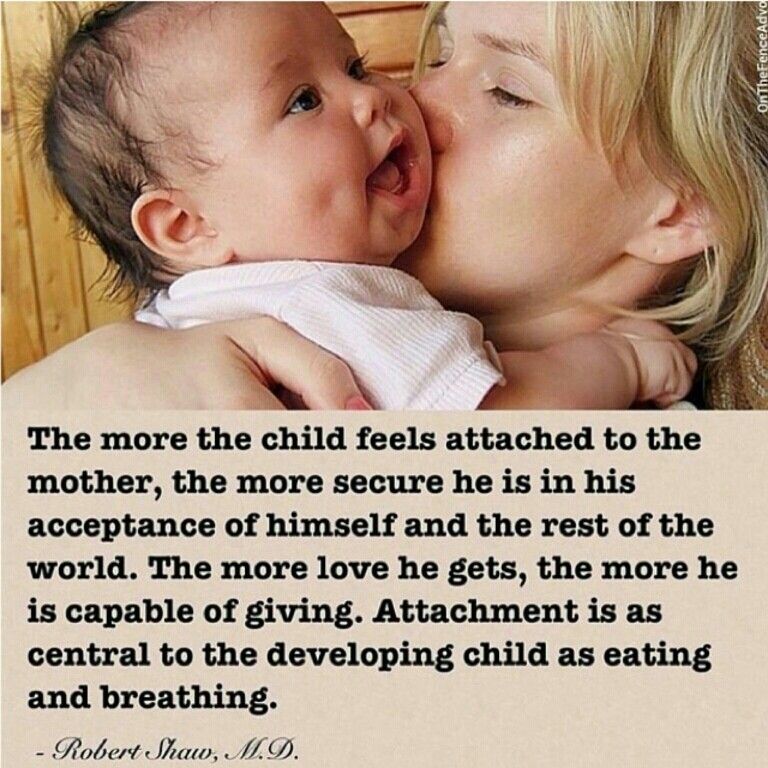Parenthood does not come with a set of instructions. Parents often wonder if they are raising their children correctly. Parenthood is challenging and often associated with tears, your hands in your head, fear and worry.
A healthy secure attachment is the one of the most important gifts that you can ever give to your child.
Attachment is the bond between a child and his caregiver (a mother / father / grandmother /aunt / uncle etc). A healthy, secure attachment will have the greatest impact on a child’s emotional development as a toddler, -child, -teenager and later as an adult. The experiences of one’s early attachment have a live-long effect on your emotional development and a healthy secure attachment is necessary for an individual to lead a functional life.
So how does attachment form?
Attachment forms during the first couple of years of a child’s life. A parent or caregiver’s emotional availability for the child from the day of birth is extremely important. Attachment forms when a caregiver is sensitive to needs of the child and reacts to these needs appropriately. The first four years of a toddlers life is viewed as the fundamental time when attachment forms. The manner in how the parent or caregiver communicates with the child on both a verbal and non-verbal manner has a significant impact on how the child will view the world. The type of attachment that your child will develop, will affect the attachment (whether secure of insecure) your child will have, not only with you, but also with their peers and others they will meet on their journey in this world. Parents or caregivers are the main players in a child’s life and will often determine whether a child develops a secure or an insecure attachment.
Attachment will determine how children and later adults act in relationships with others; whether they resent others, push people away from them or whether they trust others and have the ability to form meaningful relationships. There are four types of attachment:
1. a secure attachment;
2. avoidant attachment;
3. an ambivalent attachment and;
4. a disorganised attachment.
Children who develop a secure attachment will have healthy relationships with their caregivers. These children will be able to depend on their caregivers that will serve as a secure base to them where they can return to whenever they need love, comfort and nurturance while exploring the world. The child will know that there are people in this world that they can rely on and trust. This inner basic model will form as template for the child. This template will be used to judge communication and will be used in their relationships that develop with others. Children that develop a secure attachment will usually flourish on a social level, they will be able to form friendships easily and develop healthy effective relationships with others.
Children with an insecure avoidant, ambivalent or disorganised attachment will experience the world as unreliable because their caregivers were not able to respond to their needs on a consistent manner. Thus children that develop an insecure attachment will often feel uncertain, upset or anxious around others. Children who experience their parents as absent will not develop trust in others, because the child’s inner basic model is grounded on distrust, uncertainty and anxiety. These children often struggle to develop friendships with others and will usually have superficial emotional relationships as adults.
Parents or caregivers are usually unconsciously unconscious of the impact they have on their child’s emotional development. The quality of a child’s emotional wellbeing is established through the attachment that develops through the relationship between a child and their parent or caregiver. Thus attachment will determine the quality of your child’s relationship with you, their peers and the broader society.
This article is a bare introduction of the concept of attachment and parents might sit with questions such as:
What influence does the caregiver (pre-primary school) have on the development of my child’s emotional development?
How can I as a parent that has a full-time job have a positive influence or play a positive role in the emotional development of my child?
If you want more guidelines on how to establish a secure healthy attachment with your child, have a look on our workshops page – I will be presenting a very informative workshop on attachment, on a regular basis.
Derika.
I


